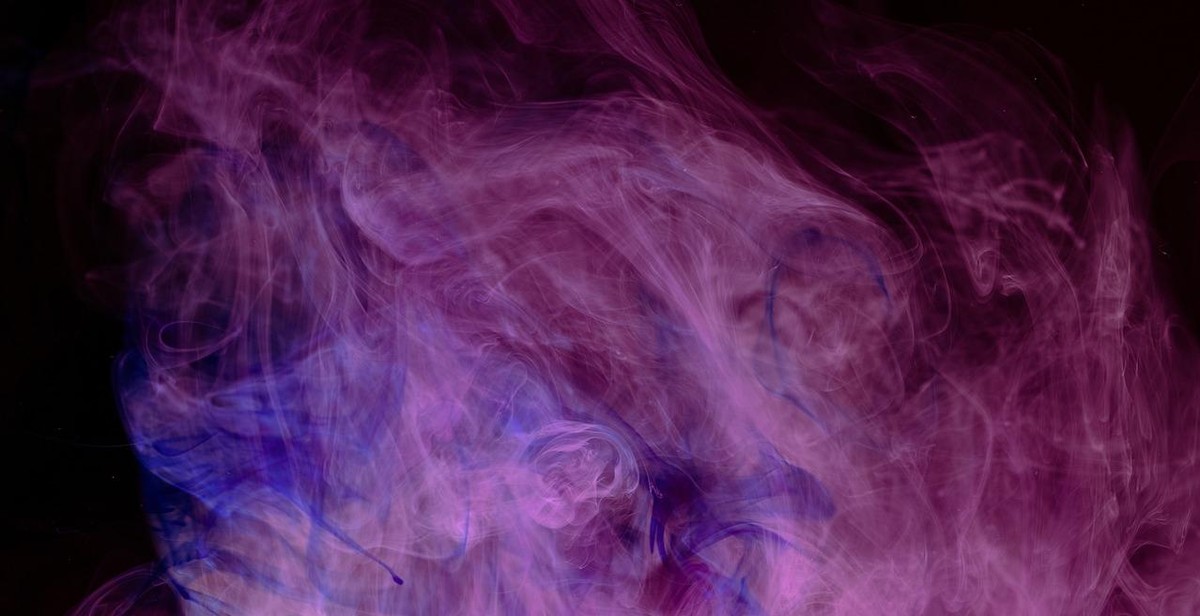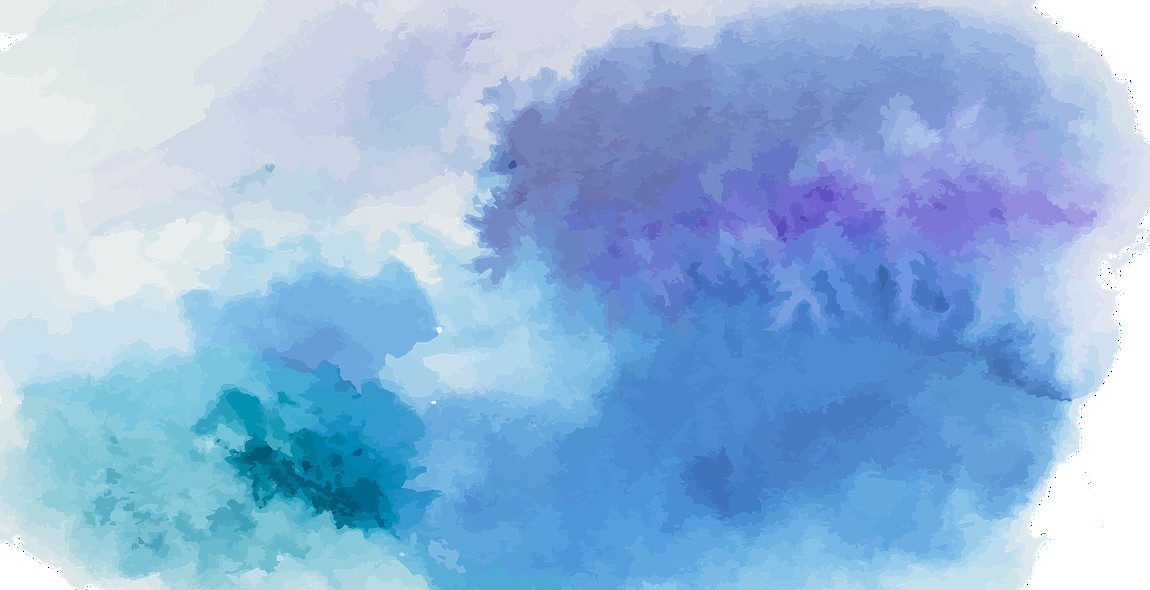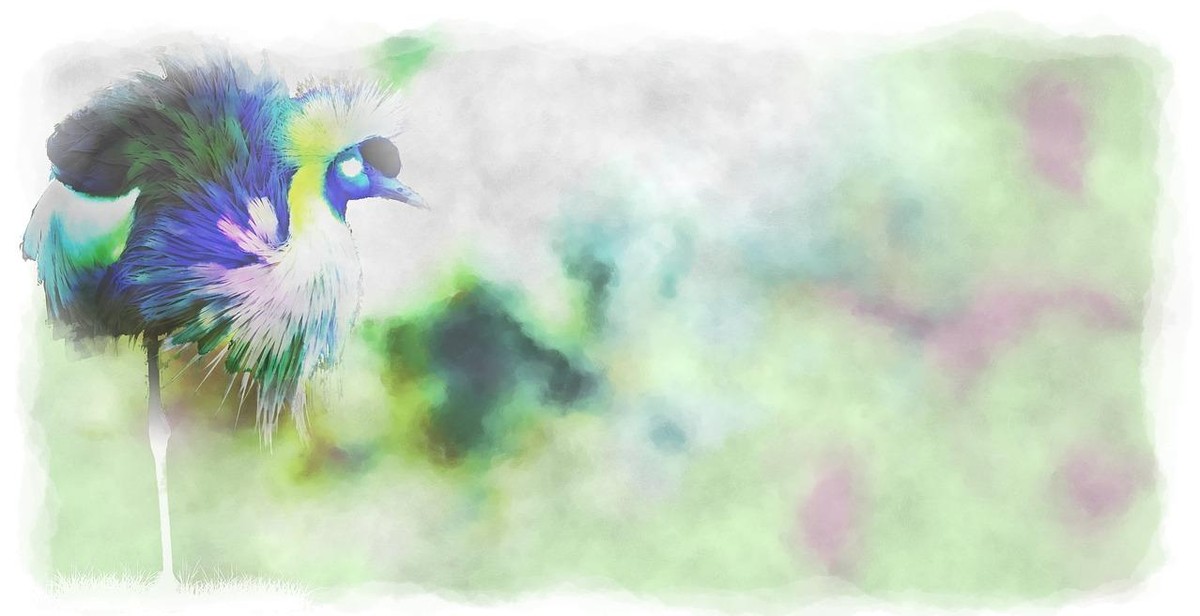How to Paint with Watercolors: Techniques for Beginner Artists
If you’re new to watercolor painting, it can seem like a daunting task to learn all the different techniques and styles. However, with some practice and patience, anyone can become proficient in watercolor painting. In this article, I will share my personal experience and tips on how to paint with watercolors as a beginner artist.
Why Watercolors?
Watercolor painting is a versatile medium that allows for a wide range of artistic expression. It is a popular choice among artists because of its unique characteristics, such as its transparency and ability to create beautiful washes of color.
Choosing Your Materials
Before you can start painting, you need to have the right materials. I will discuss the different types of watercolor paints, brushes, paper, and additional tools that you will need to get started.
Basic Techniques
There are several basic techniques that every beginner should learn, including wet-on-wet, wet-on-dry, and dry brushing. I will explain each technique in detail and provide tips on how to master them.
Advanced Techniques
Once you have mastered the basic techniques, you can move on to more advanced techniques such as glazing, lifting, and masking. I will explain each technique and provide examples of how they can be used in your paintings.
Whether you’re looking to create beautiful landscapes, portraits, or abstract art, watercolor painting can be a rewarding and enjoyable hobby. With the right materials and techniques, anyone can learn how to paint with watercolors.
Materials Needed
Before you start painting with watercolors, you need to ensure that you have all the necessary materials. Here are the top five materials you will need:
Watercolor Paints
Watercolor paints are an essential part of your painting kit. They come in tubes or pans and offer a wide range of colors. As a beginner, it’s best to start with a basic set of colors such as red, yellow, blue, black, and white. You can always add more colors to your collection later on.
Watercolor Paper
Watercolor paper is specially designed to absorb water and hold the paint without warping or tearing. It comes in different textures, weights, and sizes. As a beginner, it’s best to start with a medium-weight paper with a rough texture. This will help you to create interesting textures and effects.
Watercolor Brushes
Watercolor brushes are designed to hold a lot of water and paint. They come in different shapes and sizes and are made of natural or synthetic fibers. As a beginner, it’s best to start with a few basic brushes such as a round brush, a flat brush, and a detail brush.
Water Containers
You will need two water containers – one for cleaning your brushes and the other for mixing your paints. You can use any container that can hold water, but it’s best to use containers with wide openings to make it easier to clean your brushes.
Palette
A palette is a flat surface where you can mix your paints. You can use any flat surface such as a plate or a plastic tray, but it’s best to use a palette with wells to prevent your colors from mixing together.
By having all the necessary materials, you will be able to create beautiful watercolor paintings with ease.
Basic Watercolor Techniques
Watercolor painting is a beautiful and versatile art form that allows for a wide range of techniques and styles. Whether you are a beginner or an experienced artist, mastering basic watercolor techniques is essential for creating stunning works of art. Here are three basic watercolor techniques to get you started:
Wet-on-wet Technique
The wet-on-wet technique involves applying wet paint onto a wet surface. This technique creates soft, blended colors and is ideal for creating atmospheric or abstract effects. To use this technique, wet your paper with clean water and then apply your paint. The paint will spread and blend as it mixes with the water on the paper. You can also use a spray bottle to add more water or create interesting textures.
Dry-brush Technique
The dry-brush technique involves using a dry brush to apply paint onto a dry surface. This technique creates a textured effect and is ideal for creating rough or detailed textures. To use this technique, dip your brush into the paint and then remove most of the moisture by wiping it on a paper towel. Apply the paint to the dry paper in short, quick strokes to create texture and depth.
Wet-on-dry Technique
The wet-on-dry technique involves applying wet paint onto a dry surface. This technique creates sharp, defined lines and is ideal for creating detailed and precise work. To use this technique, wet your brush with clean water and then dip it into the paint. Apply the paint to the dry paper in controlled strokes to create the desired effect. You can also use a damp brush to blend and soften the edges of the paint.
| Technique | Description | Effect |
|---|---|---|
| Wet-on-wet | Wet paint on a wet surface | Blended, atmospheric |
| Dry-brush | Dry brush on a dry surface | Textured, rough |
| Wet-on-dry | Wet paint on a dry surface | Sharp, defined |

Color Mixing with Watercolors
Color mixing is a crucial technique for beginner watercolor artists to learn. It involves combining different colors to create new shades and tones. In watercolor painting, color mixing can be challenging due to the transparency of the paint and the way it interacts with water.
Primary Colors
Watercolor painting uses three primary colors: red, blue, and yellow. These colors cannot be created by mixing other colors together. They are the building blocks for creating all other colors in the color wheel.
Secondary Colors
Secondary colors are created by mixing two primary colors together. For example, mixing red and blue creates purple, mixing blue and yellow creates green, and mixing yellow and red creates orange.
Tertiary Colors
Tertiary colors are created by mixing a primary color with a secondary color. For example, mixing red with purple creates a reddish-purple color.
Complimentary Colors
Complimentary colors are opposite each other on the color wheel. When mixed together, they create neutral tones like brown or gray. For example, red and green are complimentary colors, as are blue and orange, and yellow and purple.
| Primary Colors | Secondary Colors | Tertiary Colors | Complimentary Colors |
|---|---|---|---|
| Red | Purple (Red + Blue) | Red-Orange (Red + Orange) | Green (Red + Green) |
| Blue | Green (Blue + Yellow) | Blue-Green (Blue + Green) | Orange (Blue + Orange) |
| Yellow | Orange (Yellow + Red) | Yellow-Green (Yellow + Green) | Purple (Yellow + Purple) |
Experimenting with color mixing is an excellent way for beginner watercolor artists to develop their skills. It can take time to master, but with practice, it becomes easier to create the desired colors and tones for your artwork.

Creating Texture with Watercolors
Watercolor painting is all about creating beautiful textures and effects on paper. There are many techniques that you can use to create texture, and in this section, we will explore some of the most popular ones.
Salt Technique
The salt technique involves sprinkling salt onto wet watercolor paint. The salt absorbs the paint, creating a unique texture that resembles snowflakes or crystals.
- Wet your paper with watercolor paint and let it dry for a few minutes.
- Sprinkle salt onto the wet paint and let it sit for a few minutes.
- Once the paint is completely dry, brush off the salt to reveal the texture.
Alcohol Technique
The alcohol technique involves dropping alcohol onto wet watercolor paint. The alcohol causes the paint to separate and create a unique texture.
- Wet your paper with watercolor paint.
- Drop alcohol onto the wet paint and let it sit for a few minutes.
- The alcohol will cause the paint to separate and create a unique texture.
Splatter Technique
The splatter technique involves flicking watercolor paint onto your paper to create a textured effect.
- Dip your brush into watercolor paint.
- Flick the brush onto your paper to create a splatter effect.
- Repeat with different colors to create a layered texture.
Saran Wrap Technique
The Saran wrap technique involves crumpling Saran wrap onto wet watercolor paint. The Saran wrap creates a unique texture that resembles marble or stone.
- Wet your paper with watercolor paint.
- Crumple Saran wrap onto the wet paint and let it sit for a few minutes.
- Once the paint is completely dry, peel off the Saran wrap to reveal the texture.
| Technique | Description |
|---|---|
| Salt Technique | Sprinkle salt onto wet watercolor paint to create a unique texture. |
| Alcohol Technique | Drop alcohol onto wet watercolor paint to create a separated, textured effect. |
| Splatter Technique | Flick watercolor paint onto your paper to create a splatter effect. |
| Saran Wrap Technique | Crumple Saran wrap onto wet watercolor paint to create a marble or stone-like texture. |

Composition and Design
When it comes to watercolor painting, the composition and design of your artwork can greatly impact the final result. Here are some important principles to keep in mind:
Rule of Thirds
The rule of thirds is a fundamental principle in art and photography. It involves dividing your painting into thirds both horizontally and vertically, creating nine equal parts. The points where the lines intersect are ideal focal points for your painting. Placing your subject at one of these points can create a more visually appealing and balanced composition.
Balance
Balance is key to creating a harmonious composition. It involves distributing the visual weight of your painting evenly, so that no one element overpowers the others. You can achieve balance by placing larger elements on one side of the painting and balancing them out with smaller elements on the other side.
Contrast
Contrast is the difference between light and dark, or between colors. It can add interest and depth to your painting. Use contrasting colors or values to create focal points or to emphasize certain areas of your painting.
Unity
Unity is the principle of creating a sense of completeness and harmony in your painting. It involves using similar colors, shapes, and lines throughout your artwork to create a cohesive piece. Repeating elements can also help create unity in your painting.
| Composition and Design Tips: |
|---|
| Use the rule of thirds to create a balanced composition |
| Balance the visual weight of your painting |
| Add contrast to create interest and depth |
| Create unity by using similar colors, shapes, and lines |
By keeping these principles in mind, you can create a well-composed and visually appealing watercolor painting.
Final Thoughts
Watercolor painting can be a fun and rewarding hobby for beginners. It allows you to express your creativity and explore your imagination through a variety of techniques and styles. By following the tips and techniques outlined in this article, you can start your journey to becoming a skilled watercolor artist.
Practice Makes Perfect
Like any skill, watercolor painting requires practice and patience. Don’t be discouraged if your first few attempts don’t turn out as expected. Keep practicing and experimenting with different techniques until you find your own style and voice.
Invest in Quality Supplies
Investing in quality watercolor supplies can make a big difference in the outcome of your paintings. Look for high-quality paints, brushes, and paper that are specifically designed for watercolor painting. This will ensure that your paintings look professional and last for years to come.
Join a Community
Joining a community of fellow watercolor artists can provide you with valuable feedback and support. Consider joining an online forum or local art group to connect with other artists and learn from their experiences.
Have Fun!
Most importantly, have fun with your watercolor painting! Don’t be afraid to experiment and try new things. Remember, art is about self-expression and creativity, so enjoy the process and let your imagination run wild.
